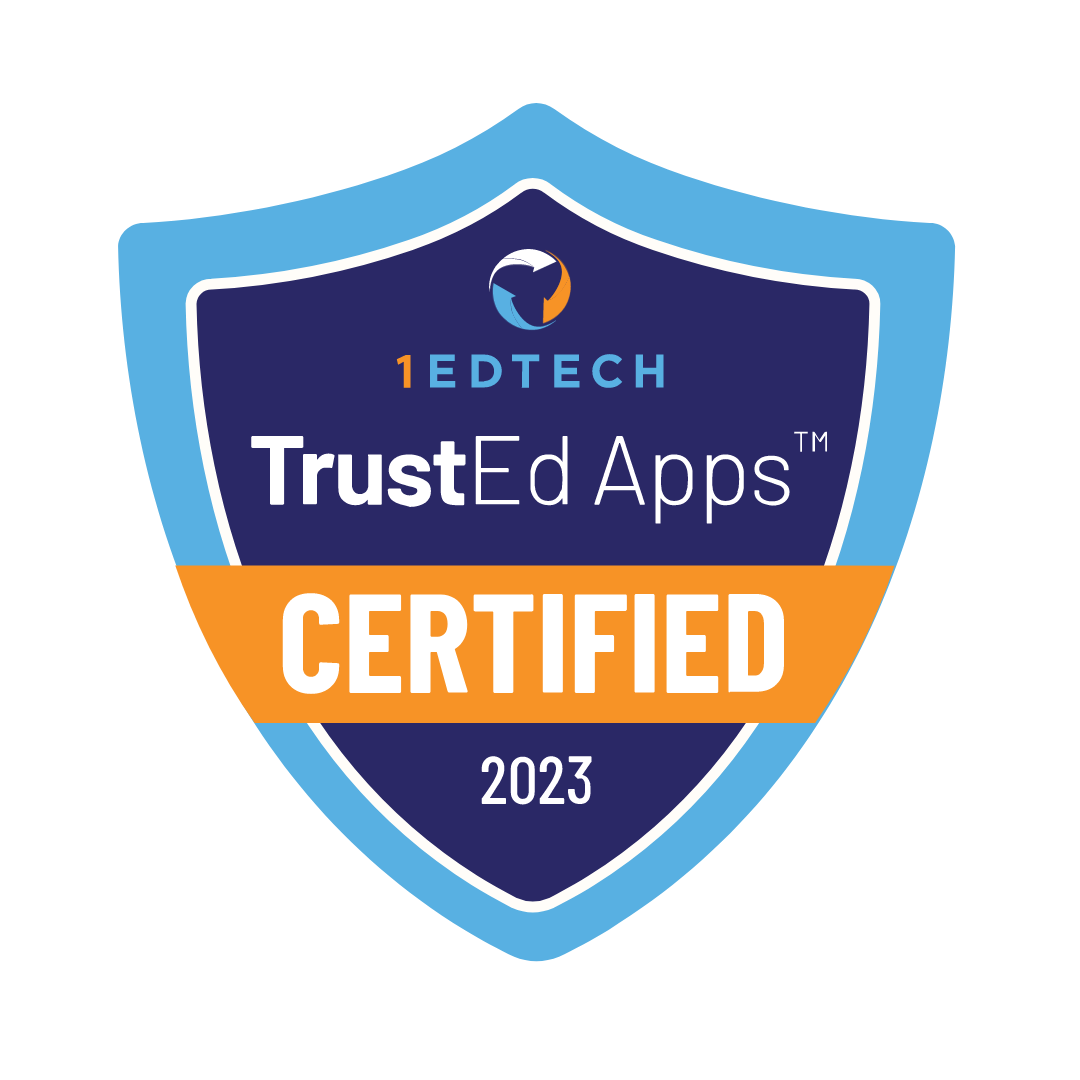Contents
Online education became increasingly popular. Parents need to transfer their child from traditional school to an online one. We will discuss how to transfer your child to online learning. We will cover the challenges you face when transferring your child to a virtual school.

Transferring a child to an online school involves switching from traditional learning to online education. Students learn online with a flexible schedule. Students use an online curriculum and digital platforms. Video chats, messaging apps, and other internet tools help students connect with teachers and peers.
What is K-12 Online Education?
K-12 online education provides schooling from kindergarten through 12th grade entirely online. Students follow a structured curriculum, complete assignments, and interact with teachers through digital platforms. K-12 online education offers flexibility and personalized learning but also has its challenges. These challenges include limited social interaction, potential distractions at home, and the need for self-discipline.
Why Choose Online Education Over Traditional Schooling?
“For students working full-time who want a degree to advance in their profession, online learning is better because it fits their needs”
Michael Crippen, The Prairie News
Students and parents choose online education over traditional schooling for its benefits. Table below lists nine advantages of online schooling. Each advantage comes with a brief description.
| ADVANTAGE | SHORT DESCRIPTION |
|---|---|
| Flexibility | Students learn at their own pace. This allows students to adjust their schedule around other commitments. It also accommodates their personal learning preferences |
| Accessibility | Students learn from anywhere with an internet connection. This frees up more time for other activities |
| Lots of resources | Online schools provide a wider range of courses. These courses include advanced placement, specialized electives, and vocational training |
| Personalized learning | Online education allows personalized learning. Students focus on areas they find challenging. Students move quickly through subjects where they excel |
| Safe learning environment | Online education gives a safer option for students. It benefits students who may face bullying, health issues, or other challenges in a traditional school setting |
| Developing digital skills | Students in online education develop strong digital literacy skills. These skills are essential in today’s job market |
| Global networking | Online education connects students with peers and teachers from around the world. This provides a diverse learning experience and broader perspectives for students |

Challenges to Consider
“I learn better on paper and in person. I realize a lot of work is done on computers and submitted on Canvas, but being in a classroom and taking notes while a professor is lecturing is how something sticks in my head. There are too many distractions at home that I can’t get away from that just make it even harder to learn”
Alexis Parra, The Lumberjack

K-12 online education has several key drawbacks. Table below lists seven main disadvantages compared to traditional schooling. This helps parents and students decide if transitioning to an online school is the right choice for them.
| ONLINE SCHOOLS | TRADITIONAL SCHOOLS |
| Success in online education requires from students a high level of self-discipline | School staff maintain discipline |
| Students miss out on face-to-face interactions with peers. This can affect their social skill development | Social interaction remains at a high level daily |
| Online education relies on technology. Issues like internet access, technical difficulties, or a lack of digital literacy arise and hinder learning | Technology plays a role. Students and teachers use mainly textbooks and other materials |
| Some subjects are difficult to replicate in an online environment. Lab sciences and physical education are examples. This challenges students to fully engage and understand the online material | Many subjects take place in the classroom |
| Learning from home introduces more distractions. Family, noise, or the temptation to engage in non-educational activities are common examples. These distractions make it harder to focus on studies | Fewer distractions exist than in online learning |
| Some students experience difficulties accessing physical resources. This includes things like libraries, sports facilities, or specialized equipment. These challenges impact their learning experience | Students struggle to access many resources |
| Building a strong rapport with teachers is difficult in a virtual environment. This affects the level of personalized support and guidance students receive | Students build relationships with teachers easily |
Parents and students consider the specific needs of students when choosing an online school. Not all students are prepared for the drawbacks of online schools. Parents should prepare to support students if they decide to transition to online learning.
Researching Virtual School Options
Choose an online school by comparing options and picking the one fitting your child best.

Legacy Online School has six key advantages to consider:
- Legacy Online School is accredited by the Western Association of Schools and Colleges (WASC). The diploma from Legacy Online School is widely accepted.
- Our programs fit into your budget and schedule.
- Live small group teaching gives personalized attention and an interactive learning experience.
- Certified, experienced teachers lead our classes, focused on your child’s success.
- Each student gets personal support from a specialist to stay on track.
- Students try a free day of education to see if Legacy Online School is right for them.
Can I Transfer a Child to Online School If They Are Already in a Traditional School?
Yes, it is possible. Parents check details with both the current traditional school and the online school. Understanding these details helps to know the steps for the transfer.
How to Transfer a Child to Online School?
Parents follow these steps to transfer their child from a traditional school to online education:
- Research online schools fitting your child’s needs.
- Ensure the curriculum matches your child’s level and interests.
- Contact the online school to understand the enrollment process and specific requirements for transfer students.
- Contact the traditional school to understand their requirements and ensure a smooth transition.
- Prepare all necessary documents for the student’s transfer to the online school.
- Submit the application to the online school.
- Finalize all matters with the traditional school before the transfer to the online school.

Conclusion
Switching your child to virtual school is a big decision. It needs careful thought. Switching your child to virtual school offers benefits, but it comes with challenges. We’ve outlined the pros and cons of online learning. We covered the key steps for transferring students from traditional to online schools. Parents consider this information for a successful transition of students to online education.









